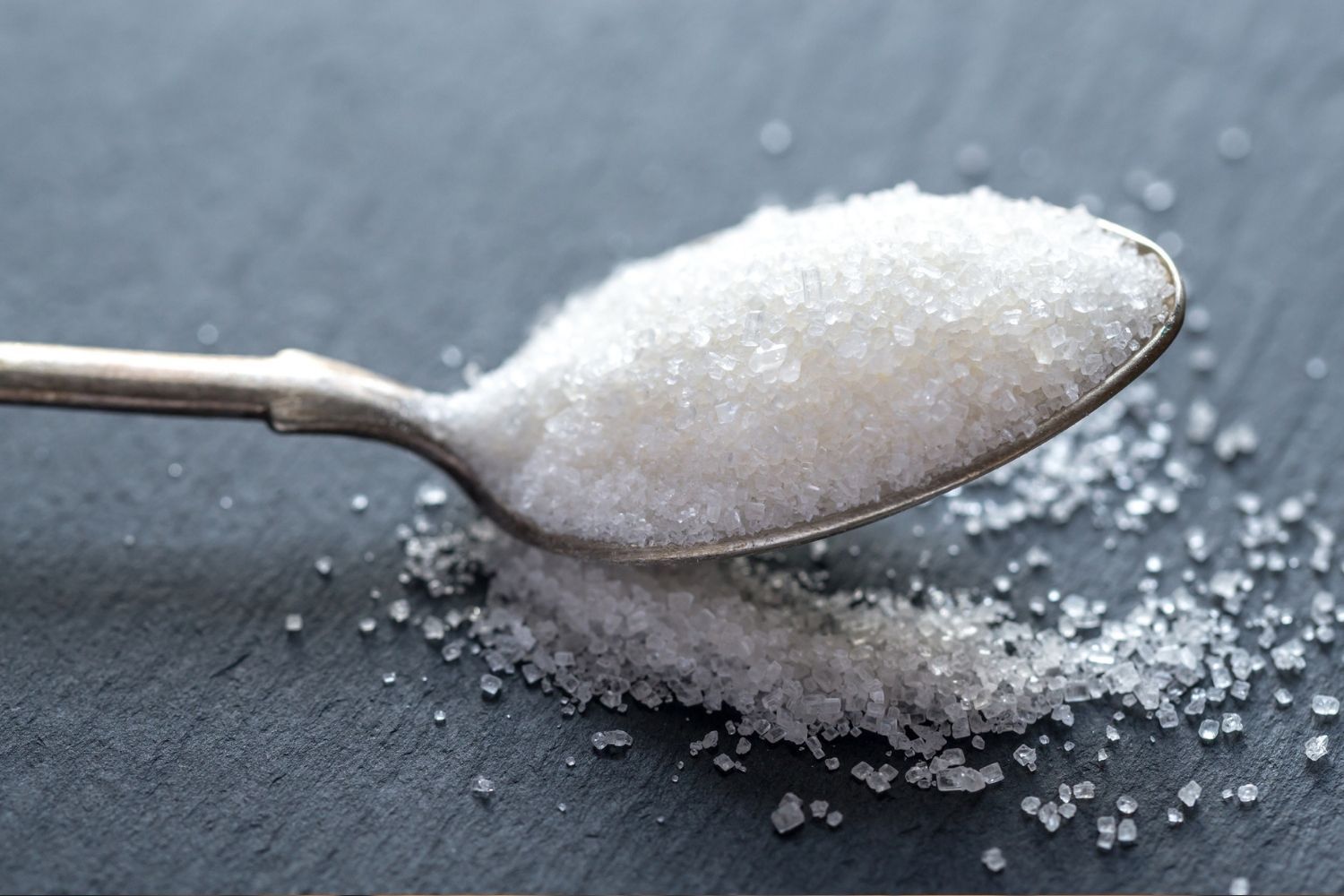

Articles
How To Store Granulated Sugar
Modified: January 19, 2024
Learn the best techniques for storing granulated sugar to maintain its freshness and prevent clumping. Discover helpful articles and tips for proper storage.
(Many of the links in this article redirect to a specific reviewed product. Your purchase of these products through affiliate links helps to generate commission for Storables.com, at no extra cost. Learn more)
Introduction
Welcome to our comprehensive guide on how to properly store granulated sugar. Whether you’re an avid baker or just enjoy a little sweetness in your coffee, knowing how to store your sugar correctly is essential to ensure its freshness, prevent clumping, and maintain its quality over time.
Granulated sugar, also known as table sugar or white sugar, is a common ingredient found in most households. It’s important to note that granulated sugar has a long shelf life and doesn’t spoil, but improper storage can lead to clumping, moisture absorption, and quality deterioration.
In this article, we’ll discuss the best storage containers for granulated sugar, the ideal storage conditions, tips for avoiding moisture and humidity, protecting it from heat and sunlight, preventing exposure to strong odors, avoiding contamination and pest infestation, and keeping the sugar fresh and clump-free. We’ll also provide some practical tips for organizing your sugar storage.
By following these storage guidelines, you’ll be able to maintain the freshness, texture, and flavor of your granulated sugar, ensuring that it’s always ready for use in your favorite recipes or beverages.
Key Takeaways:
- Properly storing granulated sugar is crucial for maintaining its freshness, preventing clumping, and preserving its quality. Choose airtight containers, avoid moisture and heat, and keep it away from strong odors for optimal storage.
- Organizing your sugar storage can keep your kitchen tidy and ensure easy access to fresh, clump-free granulated sugar. Label containers, group similar ingredients, and arrange by frequency of use for an efficient and organized system.
Read more: How To Store Sugar Wax
Proper Storage Containers for Granulated Sugar
When it comes to storing granulated sugar, choosing the right container is crucial. The container you use should be airtight, moisture-proof, and resistant to odors. Here are some recommended storage containers:
- Glass Jars or Containers: Glass containers with tight-fitting lids are a popular choice for storing granulated sugar. They are non-reactive and won’t transfer any odors or flavors to the sugar. Plus, glass jars allow you to easily see the quantity of sugar remaining.
- Plastic Containers with Secure Lids: If using plastic containers, make sure they are food-grade and have airtight seals. Look for containers labeled as BPA-free to ensure that no harmful chemicals can leach into the sugar.
- Sealed Metal Canisters: Metal canisters with tight seals can also be used for sugar storage. Make sure the interior of the canister is non-reactive and won’t rust or corrode.
It’s important to note that the container should have a wide enough opening to allow for easy scooping or pouring of the sugar. Additionally, consider the size of your sugar supply and choose a container that can comfortably accommodate your needs.
Remember, always clean your storage container before transferring sugar. Any leftover residue or moisture in the container can affect the quality of the sugar and potentially lead to clumping or spoilage. Validation: Validation
Ideal Storage Conditions for Granulated Sugar
To maintain the quality and freshness of granulated sugar, it’s essential to store it in the right conditions. Here are the ideal storage conditions for granulated sugar:
- Temperature: The ideal temperature for storing granulated sugar is around 70°F (21°C). It’s important to avoid extreme temperature fluctuations, as this can lead to clumping or moisture absorption.
- Humidity: Granulated sugar is hygroscopic, meaning it can absorb moisture from the surrounding environment. To prevent clumping and spoilage, it’s crucial to store sugar in a dry environment with a humidity level of less than 60%. Using a moisture-absorbing packet or silica gel packs can help maintain the desired humidity level in the storage container.
- Light: Exposure to strong light can cause sugar to deteriorate and change its color and flavor. It’s best to store sugar in a dark or opaque container to protect it from sunlight and artificial light sources.
- Air Tightness: Ensuring that the storage container is airtight is essential to prevent moisture and air from entering the container. This will help maintain the texture and prevent clumping of granulated sugar.
- Odor Control: Sugar has a tendency to absorb odors from its surroundings, affecting its flavor. Keep the sugar away from strong-smelling items such as spices, onions, or cleaning products. If storing sugar in the refrigerator or freezer, make sure it’s sealed in an airtight container to prevent absorbing odors from other foods.
By following these ideal storage conditions, you can prolong the shelf life of granulated sugar and ensure that it remains free-flowing, fresh, and ready to use in your favorite recipes.
Avoiding Moisture and Humidity
Moisture and humidity are the number one enemies when it comes to storing granulated sugar. Excessive moisture can cause sugar to clump and become unusable. Here are some tips to help you avoid moisture and humidity:
- Use Airtight Containers: Ensure that the storage container you choose for your granulated sugar is completely airtight. This will prevent any moisture in the air from entering the container and causing clumping.
- Keep Sugar Away from Moisture Sources: Store your sugar away from the sink, dishwasher, or any other source of water in your kitchen. Even slight exposure to moisture can lead to clumping. Additionally, avoid storing sugar near the stove or any areas prone to steam and moisture.
- Avoid Transferring Sugar to the Original Packaging: The paper or plastic bags in which granulated sugar is typically sold are not airtight and can allow moisture in. It’s best to transfer the sugar to a more suitable airtight storage container to protect it from humidity.
- Monitor the Storage Environment: Regularly check the storage area for signs of moisture, such as condensation or dampness. If you notice any moisture accumulation, take immediate steps to remove it and dry the area before placing the sugar back in storage.
- Consider Using Moisture-Absorbing Packets: To add an extra layer of protection against moisture, you can place moisture-absorbing packets or silica gel packs in the storage container. These can help to absorb any excess moisture and keep the sugar dry.
By taking these steps to avoid moisture and humidity, you can ensure that your granulated sugar remains dry, free-flowing, and ready to use whenever you need it, without any clumping or quality degradation.
Protecting Sugar from Heat and Sunlight
Heat and sunlight can have detrimental effects on the quality and longevity of granulated sugar. Here are some important tips for protecting your sugar from heat and sunlight:
- Choose the Right Storage Location: Select a cool, dry, and dark area for storing your sugar. Avoid placing the storage container near windows, stoves, ovens, or any other sources of heat or direct sunlight.
- Avoid High-Temperature Areas: High temperatures can cause granulated sugar to melt, clump, or become hardened. It’s important to keep the sugar away from areas such as near the oven, stovetop, or above the refrigerator, where temperatures can rise significantly.
- Use Opaque or Tinted Containers: Light, especially sunlight, can cause sugar to deteriorate and lose its quality. Opt for opaque or tinted containers that provide additional protection against harmful UV rays. These containers will help to keep your sugar fresh, flavorful, and free from any sun-related damage.
- Keep Sugar Away from Appliances: When storing your sugar, be mindful of any nearby appliances that generate heat, such as coffee makers, toasters, or microwave ovens. The heat emitted from these appliances can affect the sugar’s texture and quality.
- Consider Refrigeration: While not essential, storing your sugar in the refrigerator can provide an extra level of protection against heat and sunlight. Place the sugar in an airtight container or sealed bag before refrigerating to prevent it from absorbing moisture and odors from other foods.
By following these precautions and protecting your granulated sugar from heat and sunlight, you can ensure that it retains its freshness, flavor, and texture for a longer period of time, allowing you to enjoy its sweet goodness whenever you desire.
Store granulated sugar in an airtight container to prevent moisture absorption and clumping. Keep it in a cool, dry place away from direct sunlight to maintain its quality and texture.
Read more: How To Store Spun Sugar
Don’t Expose Sugar to Strong Odors
Sugar has a remarkable ability to absorb odors from its surrounding environment. To maintain the purity of your granulated sugar and avoid any undesirable flavors, it’s important to keep it away from strong-smelling substances. Here are some tips to prevent exposure to strong odors:
- Store Sugar Separate from Strong-Smelling Ingredients: Keep your granulated sugar away from spices, onions, garlic, or any other strong-smelling ingredients. These odors can easily transfer to the sugar and alter its flavor.
- Use Airtight Containers: Ensure that the storage container you choose for your sugar is completely airtight. This will help to minimize any contact between the sugar and strong-smelling items in your pantry or refrigerator.
- Avoid Storing Near Cleaning Products: Cleaning products, especially those with strong scents, can permeate through packaging materials and taint the flavor of your sugar. Store your sugar away from any cleaning products or chemicals.
- Be Mindful of the Storage Location: Choose a storage area that is well-ventilated and free from strong odors. Avoid placing your sugar near the trash bin or any areas prone to strong smells. Additionally, if you decide to store sugar in the refrigerator or freezer, make sure it is placed away from pungent foods.
- Consider Scented Sugar Sachets: If you want to enhance the aroma of your sugar, you can use scented sugar sachets. However, make sure to use them sparingly and in a separate container to prevent the scent from overpowering the sugar.
By following these guidelines, you can maintain the natural sweetness and purity of your granulated sugar, ensuring that it remains free from any unwanted odors and flavors. This will allow you to fully enjoy the true essence of sugar in your favorite recipes and beverages.
Preventing Contamination and Pest Infestation
Contamination and pest infestation can compromise the quality and safety of your granulated sugar. To ensure that your sugar remains clean and pest-free, here are some preventive measures to follow:
- Choose Clean Storage Containers: Before transferring your sugar to a storage container, make sure it is clean and free from any residue or contaminants. Wash the container thoroughly with warm, soapy water, rinse well, and allow it to dry completely.
- Seal Any Openings: Ensure that your storage container has a tight-fitting lid or seal to prevent any pests from accessing the sugar. This will help protect against insects, rodents, or any other pests that may be attracted to the sweetness of the sugar.
- Store Sugar Away from Pet Food: Keep your granulated sugar separate from pet food. The aroma of pet food can attract pests to your storage area, putting your sugar at risk of contamination.
- Regularly Inspect the Storage Area: Take the time to periodically inspect your storage area for any signs of pest activity such as droppings, gnaw marks, or entry points. If pests are detected, take appropriate measures to eliminate them and ensure they don’t return.
- Consider Using Pest-Repellent Techniques: Utilize natural pest-repellent methods such as placing dried bay leaves, cloves, or cinnamon sticks near the sugar storage area. The strong scent of these items can act as natural deterrents for pests.
- Avoid Open Storage: Whenever possible, it’s best to store your sugar in a closed cabinet or pantry. This can help create a barrier against pests and prevent them from easily accessing the sugar.
By implementing these preventive measures, you can safeguard your granulated sugar from contamination and pest infestation, ensuring that it remains pure, safe, and ready to use in your culinary creations.
Keeping Granulated Sugar Fresh and Clump-Free
To maintain the freshness and prevent clumping of granulated sugar, it’s important to employ proper storage techniques. Here are some tips to keep your sugar fresh and free from clumps:
- Use Dry Measuring Utensils: When measuring out sugar, make sure your measuring utensils are completely dry. Even a small amount of moisture can cause sugar to clump.
- Avoid Pouring Directly from the Bag: Pouring sugar directly from the bag can introduce moisture and contaminants. Instead, transfer the desired amount of sugar into a separate container for easy access while keeping the remaining sugar sealed.
- Keep Sugar Away from Steam: Steam can introduce moisture to your sugar, causing it to clump. Keep your sugar container away from steam-producing appliances such as kettles, hot pots, and dishwashers.
- Break Up Clumps: If you notice clumps in your sugar, use a fork or whisk to gently break them up. You can also place the clumped sugar in a sealed bag and gently roll it with a rolling pin to restore its granular texture.
- Store with a Moisture Absorber: Place a moisture-absorbing packet or a few pieces of dry bread in your sugar container to absorb any excess moisture. Just remember to replace them regularly to maintain their effectiveness.
- Keep Sugar Away from High Humidity Areas: Store your granulated sugar in areas of your kitchen that have lower humidity, such as cabinets or pantries away from the stove or sink.
- Store in Small Batches: If you don’t use a large quantity of sugar frequently, consider storing it in smaller batches. This will minimize the exposure of unused sugar to air and moisture.
By following these tips, you can ensure that your granulated sugar remains fresh, free-flowing, and clump-free, making it easier to measure and incorporate into your favorite recipes.
Tips for Organizing Sugar Storage
Organizing your sugar storage not only keeps your kitchen tidy but also ensures that your granulated sugar stays fresh and easily accessible. Here are some helpful tips for organizing your sugar storage:
- Label Your Containers: Use clear labels or markers to clearly indicate the contents of your storage containers. This will help you quickly identify and locate your granulated sugar when needed.
- Group Similar Ingredients: Consider grouping your sugar storage containers with other similar ingredients, such as brown sugar or powdered sugar. This makes it easier to find what you need while keeping your pantry or cabinets organized.
- Keep Containers in a Dedicated Area: Designate a specific area in your pantry or kitchen cabinets for your sugar storage. This ensures that all your sugar containers are kept together, making it easier to maintain and locate them.
- Use Stackable Containers: If space is limited, opt for stackable storage containers. This allows you to maximize vertical space and keeps your pantry shelves or cabinets neat and organized.
- Arrange by Frequency of Use: Place the sugar containers you use most frequently within easy reach. Store less frequently used sugars in the back of shelves or higher up, making it convenient to access the ones you need most often.
- Rotate Older Sugar to the Front: To ensure that your sugar is used before it reaches its expiration date, rotate the containers so that the older ones are in the front. This way, you’re more likely to use them before opening a new container.
- Regularly Check and Reorganize: Take the time to periodically go through your sugar storage area. This allows you to check for any expired or clumped sugar, clean the containers, and reorganize to maintain an efficient and orderly system.
By implementing these tips, you can establish an organized and functional sugar storage system that not only makes it easier to find and access your granulated sugar but also helps maintain its freshness and quality over time.
Read more: How To Store Sugar Cubes
Conclusion
Properly storing granulated sugar is essential to maintain its freshness, prevent clumping, and preserve its quality over time. By following the guidelines outlined in this article, you can ensure that your sugar stays in optimal condition, ready to add sweetness to your favorite recipes and beverages.
Choosing the right storage container, such as glass jars, plastic containers, or sealed metal canisters, is the first step in ensuring proper storage. These containers should be airtight, moisture-proof, and resistant to odors. Avoid exposing sugar to moisture and humidity by storing it in dry environments and using moisture-absorbing packets if necessary.
To protect your sugar from heat and sunlight, keep it in a cool, dark location away from sources of heat and direct sunlight. Strong odors can transfer and affect the flavor of sugar, so it’s important to store it away from the proximity of strong-smelling ingredients and cleaning products.
Preventing contamination and pest infestation is crucial for maintaining the cleanliness and safety of your sugar. Use clean storage containers, keep your sugar away from pet food and cleaning products, and regularly inspect your storage area for signs of pests.
To keep your granulated sugar fresh and clump-free, use dry measuring utensils, avoid pouring directly from the bag, and store your sugar away from steam. Break up clumps if they occur, and consider using moisture absorbers. Keep your sugar away from high humidity areas and store it in smaller batches when necessary.
Finally, organizing your sugar storage can help keep your kitchen tidy and make it easier to locate and access your sugar. Label your containers, group similar ingredients together, and arrange containers based on frequency of use.
By following these guidelines and implementing these storage tips, you can ensure that your granulated sugar remains fresh, free-flowing, and ready to enhance the taste of your culinary creations for an extended period of time.
Frequently Asked Questions about How To Store Granulated Sugar
Was this page helpful?
At Storables.com, we guarantee accurate and reliable information. Our content, validated by Expert Board Contributors, is crafted following stringent Editorial Policies. We're committed to providing you with well-researched, expert-backed insights for all your informational needs.
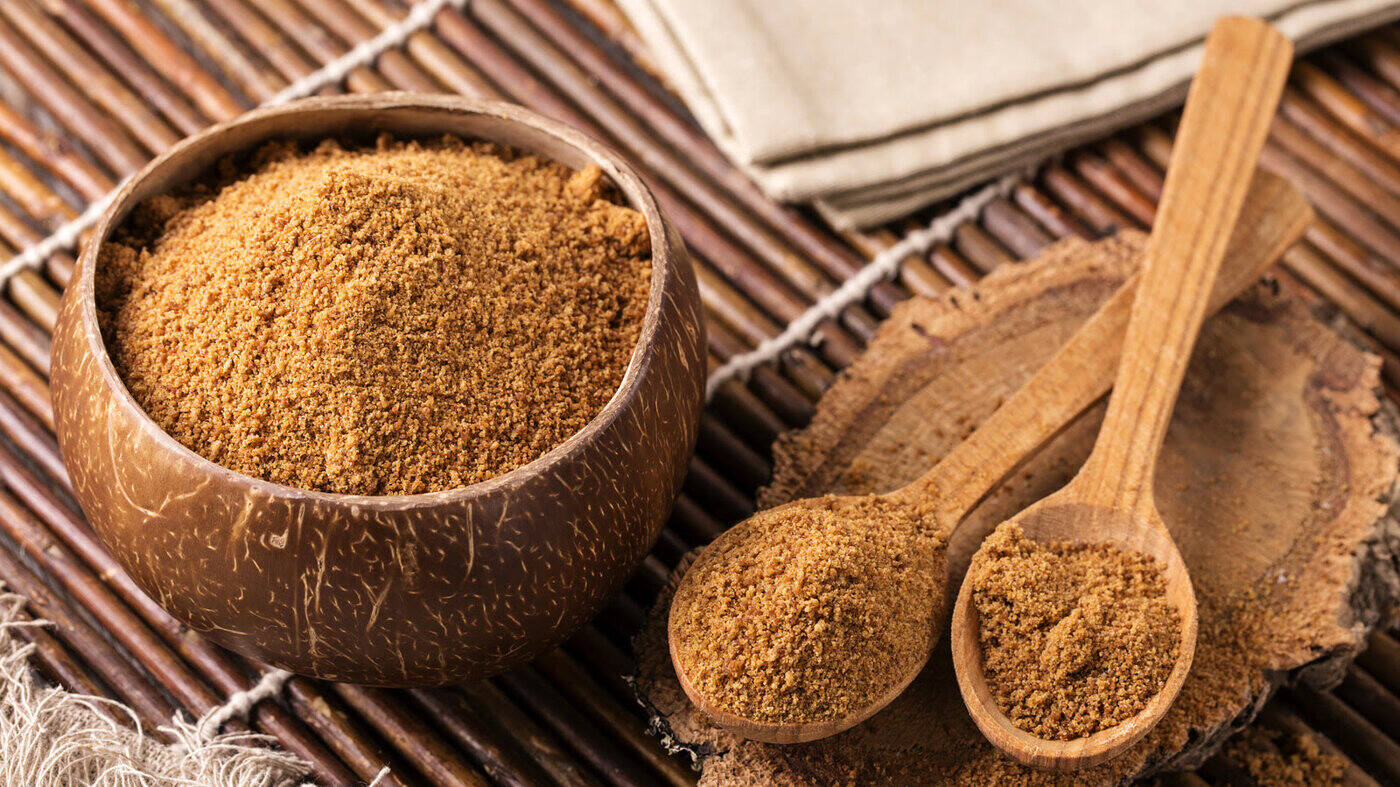
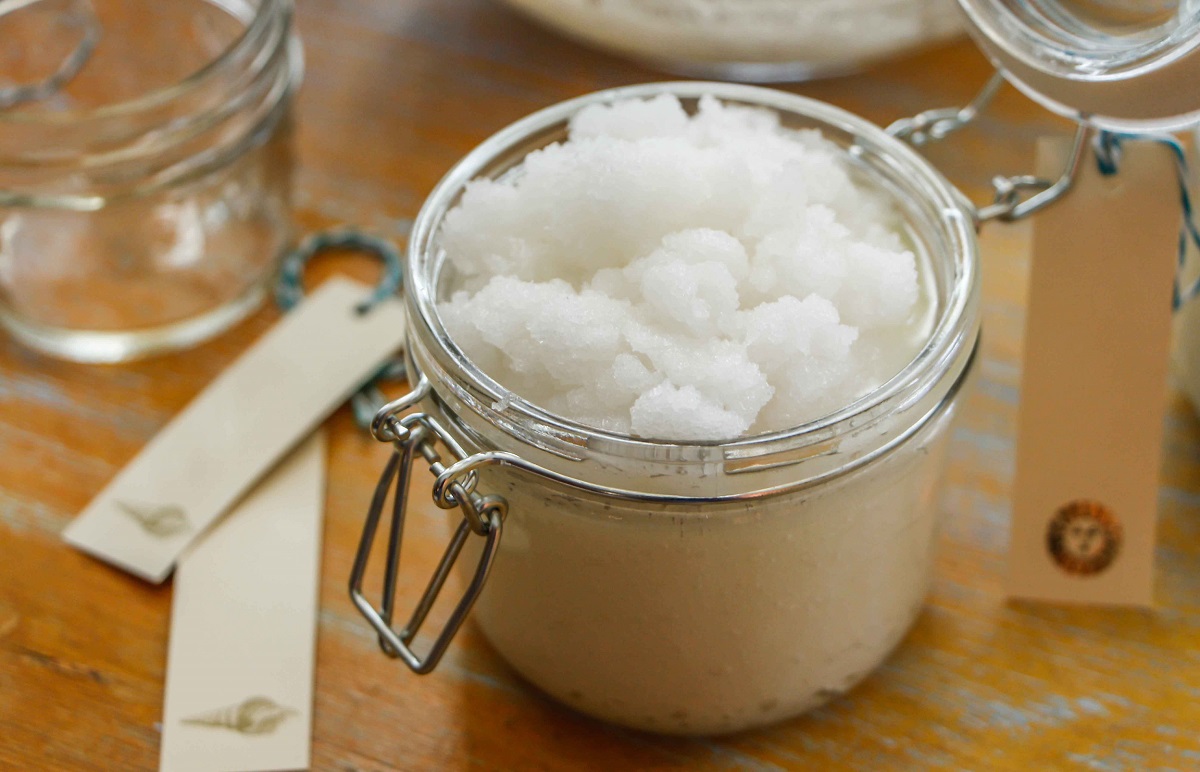
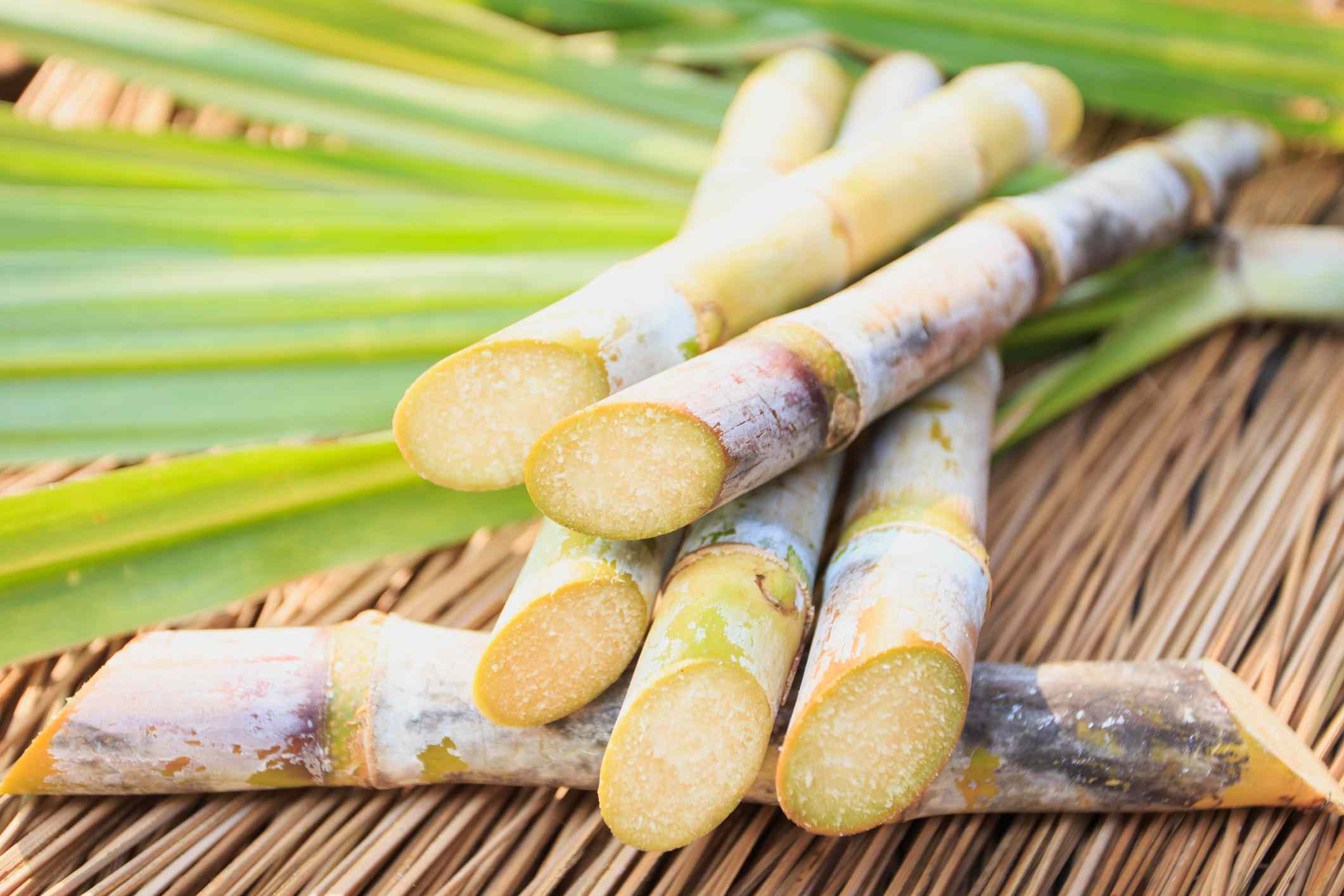
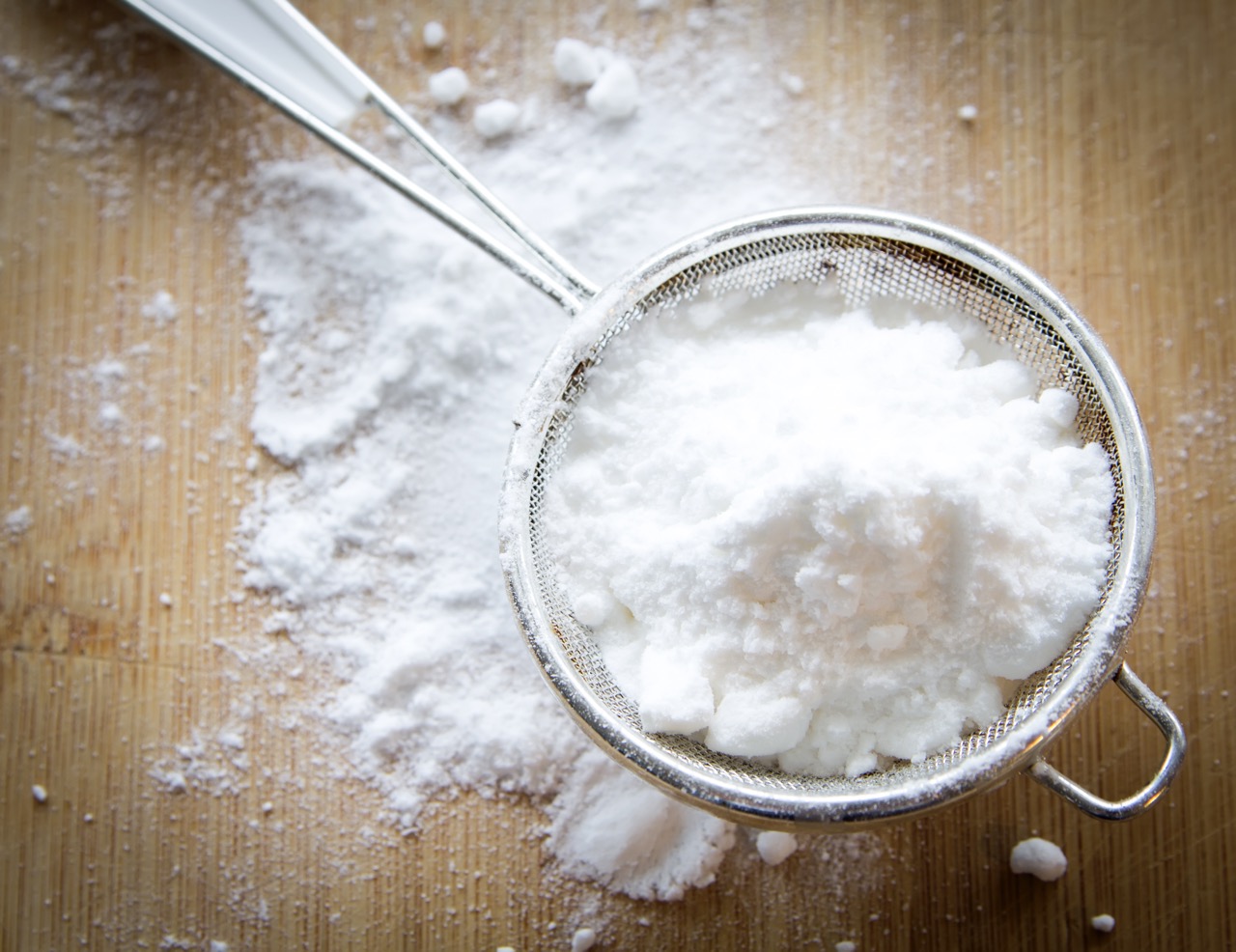
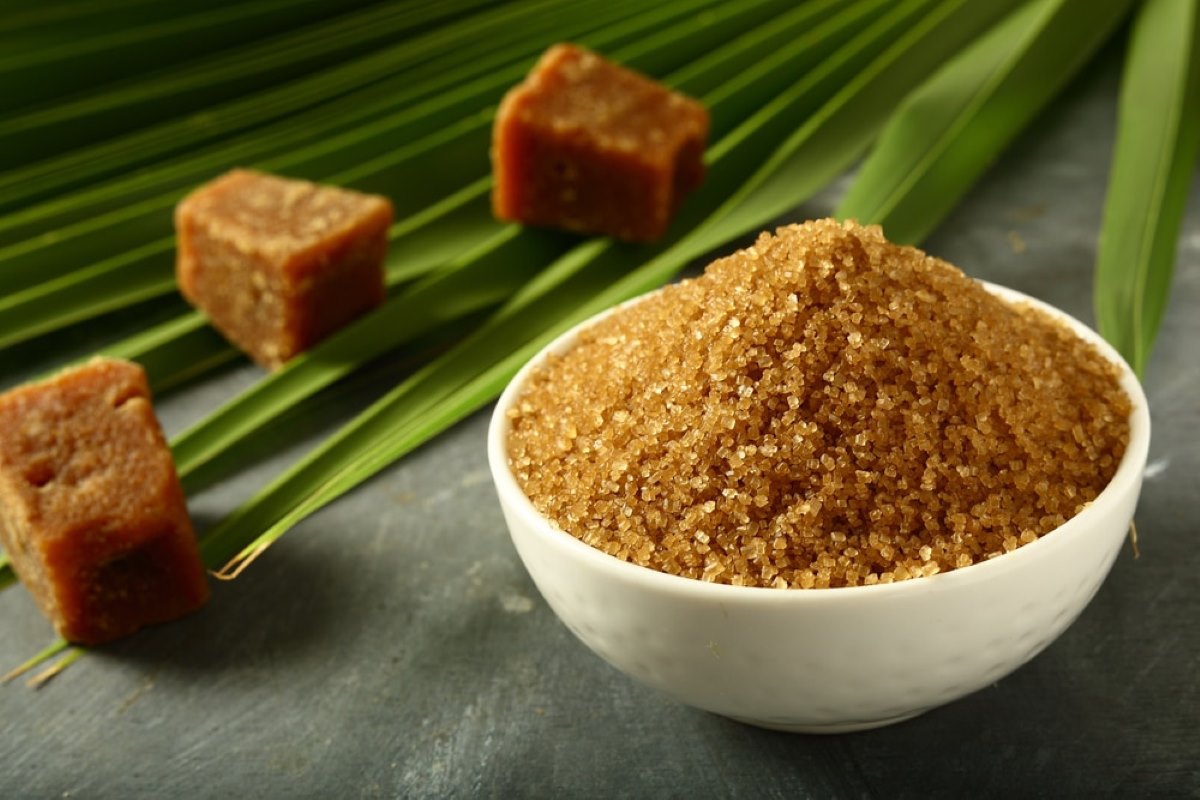
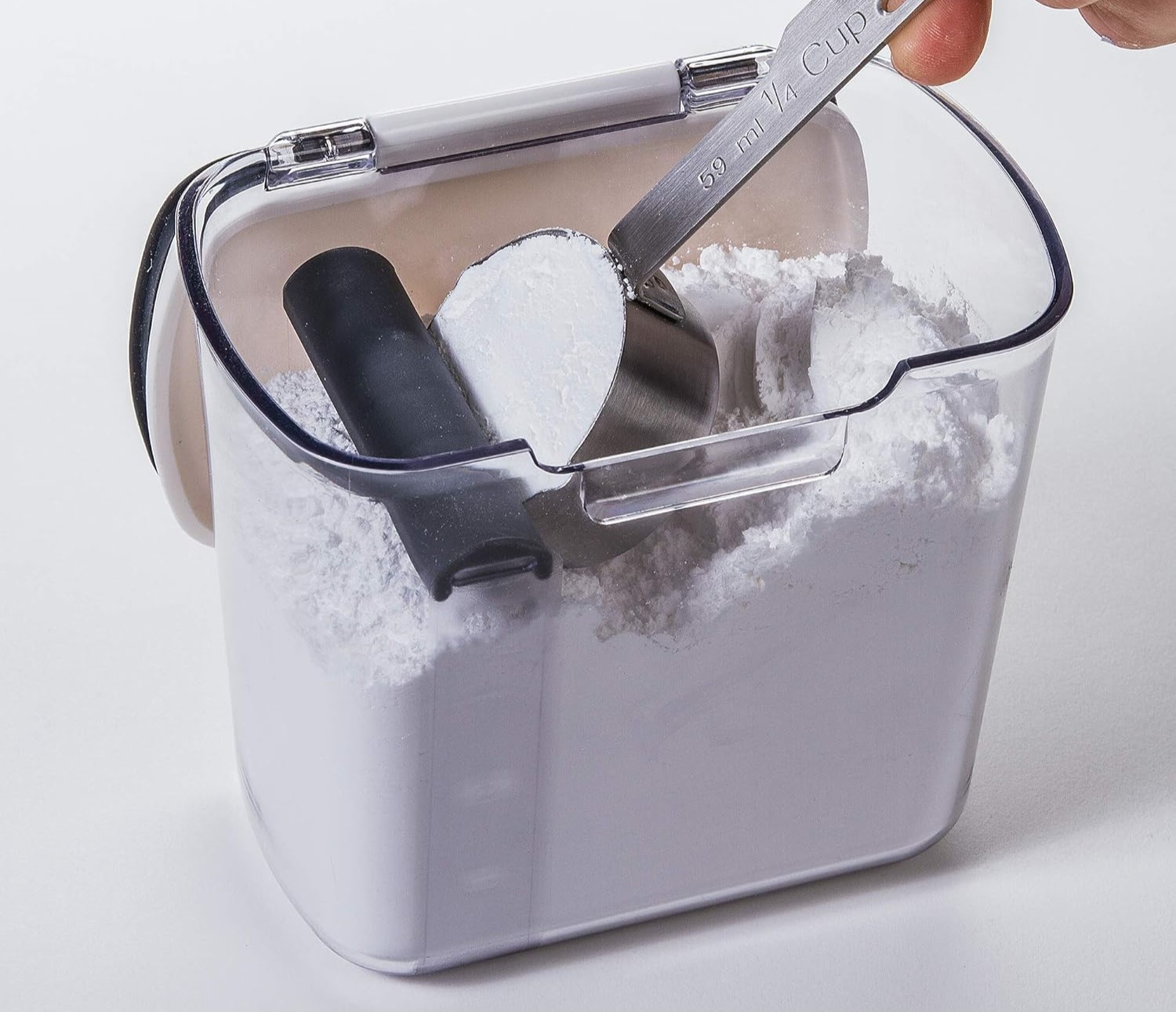
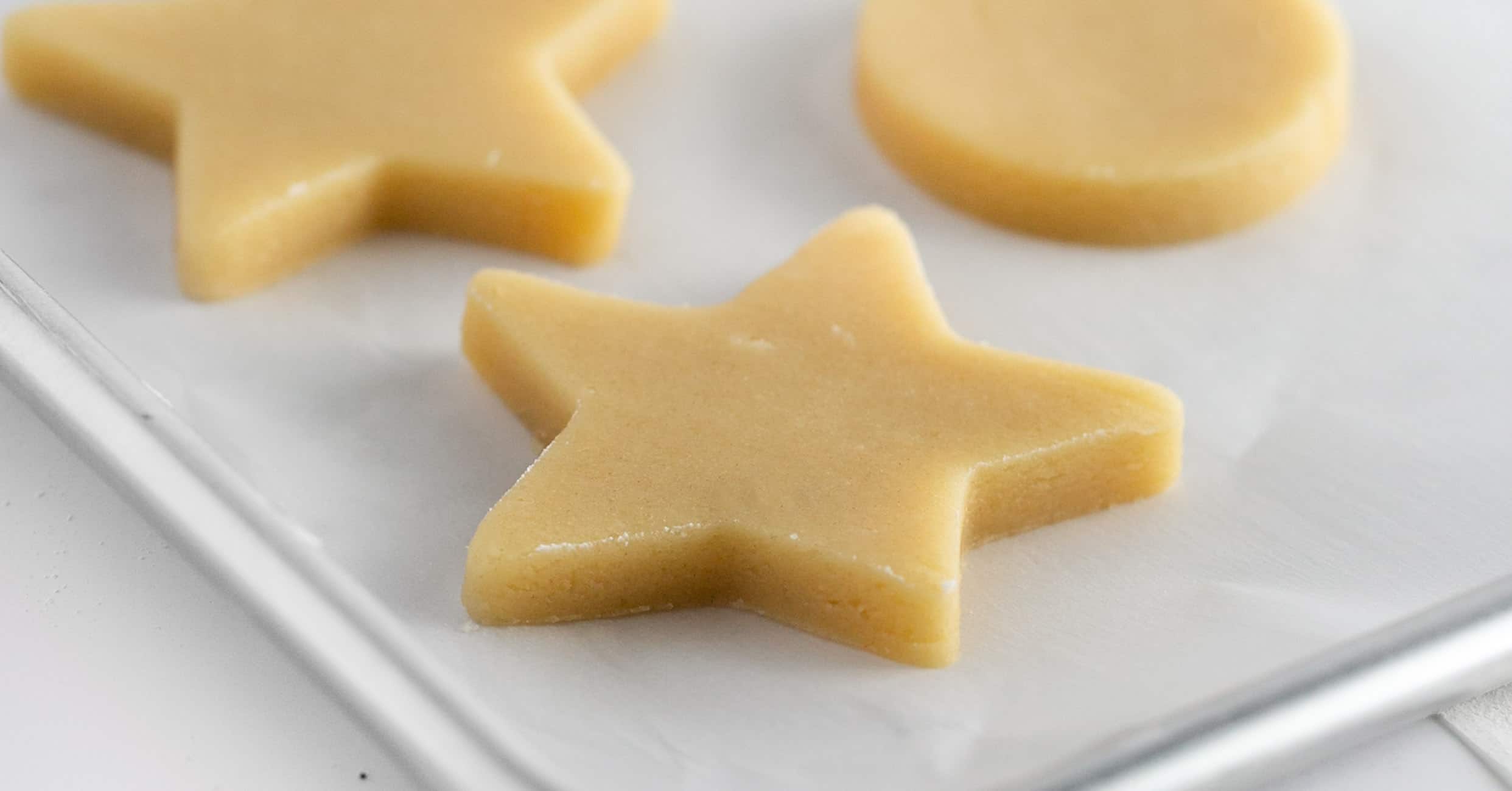
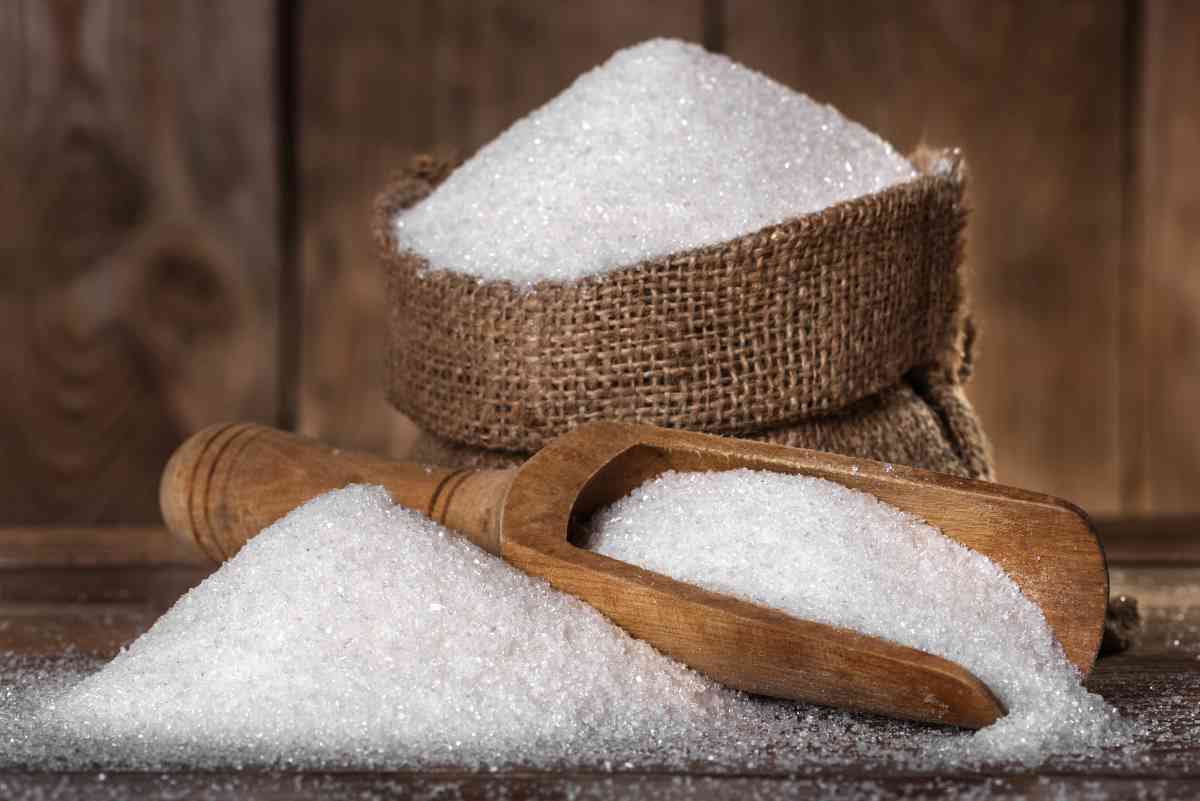
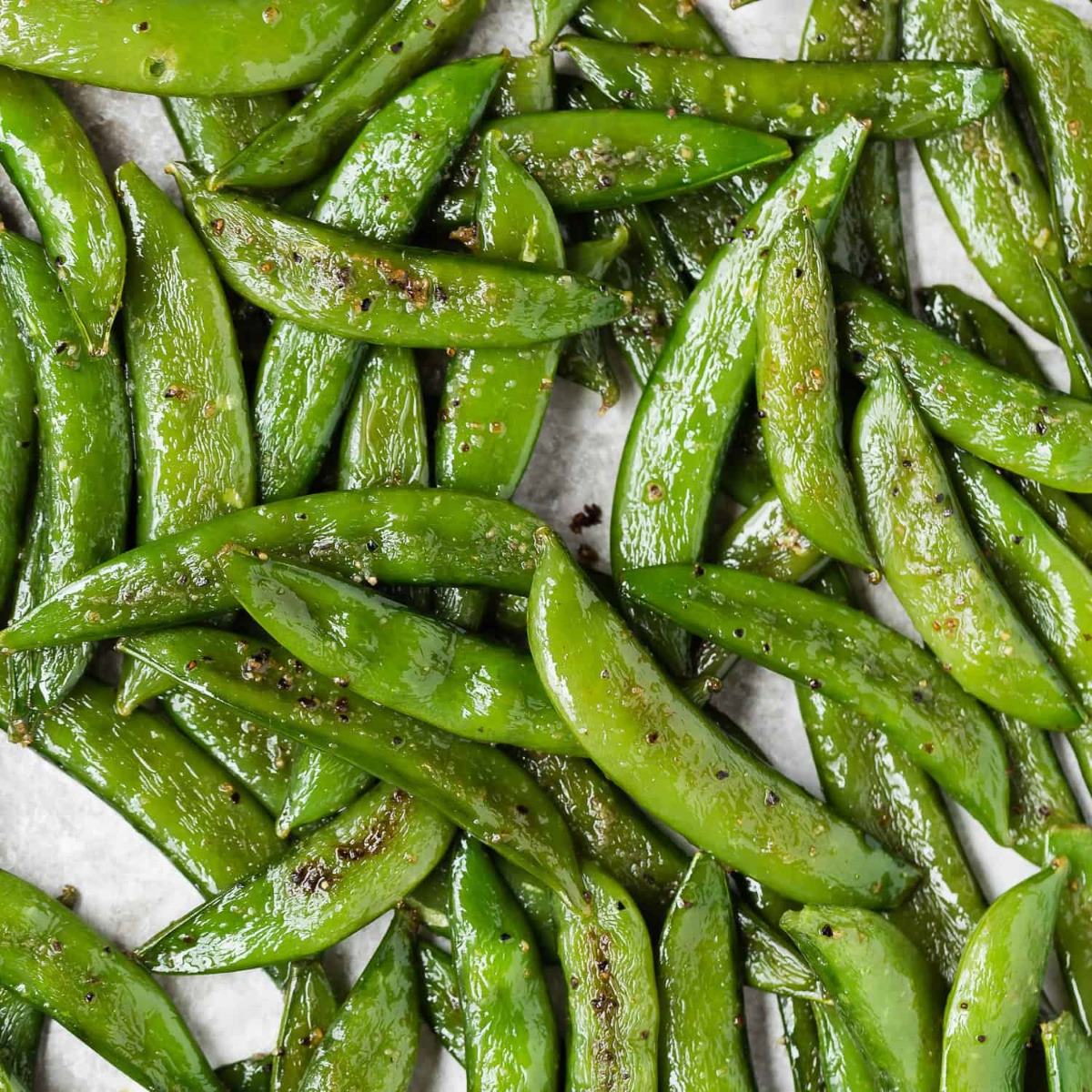

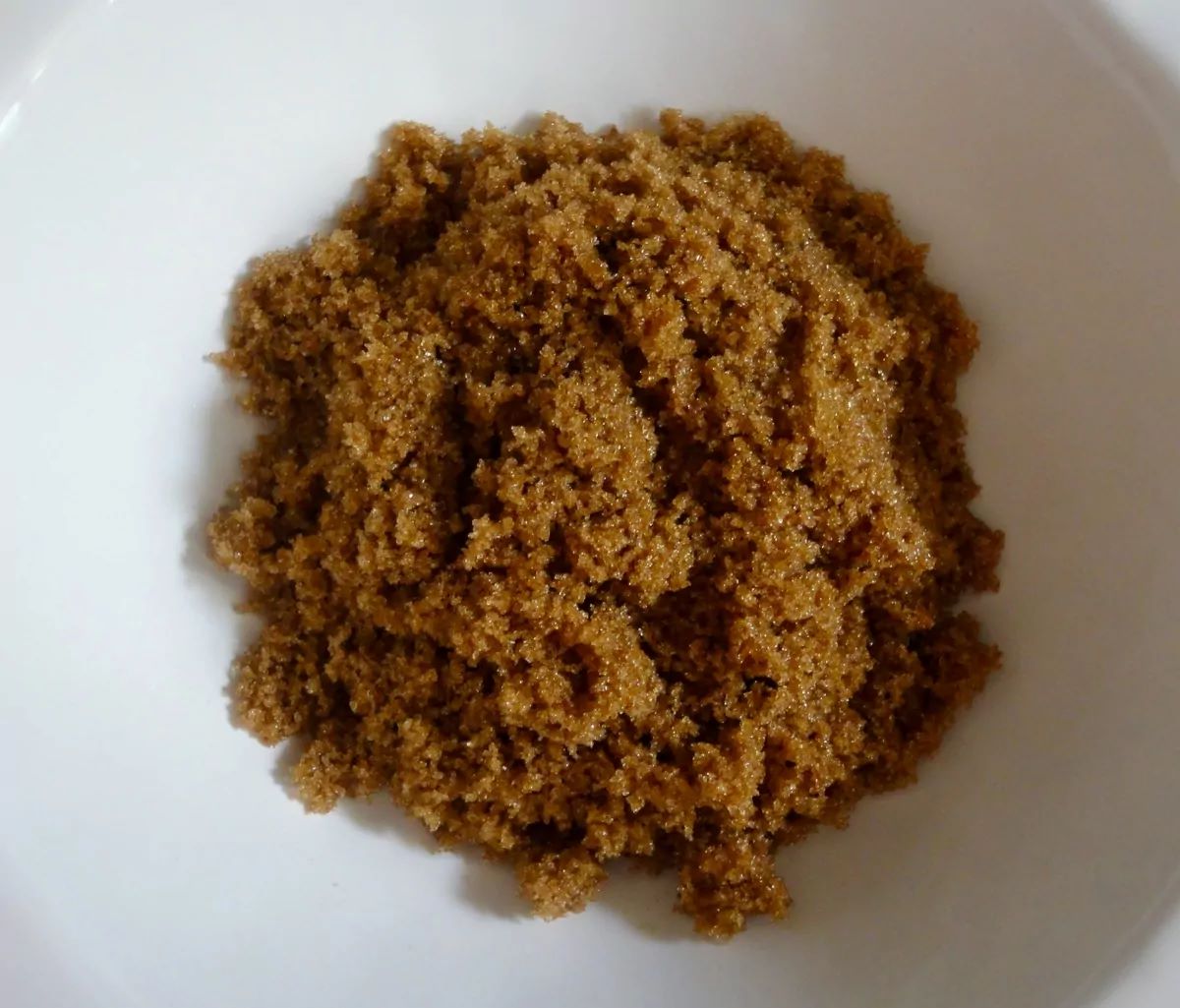
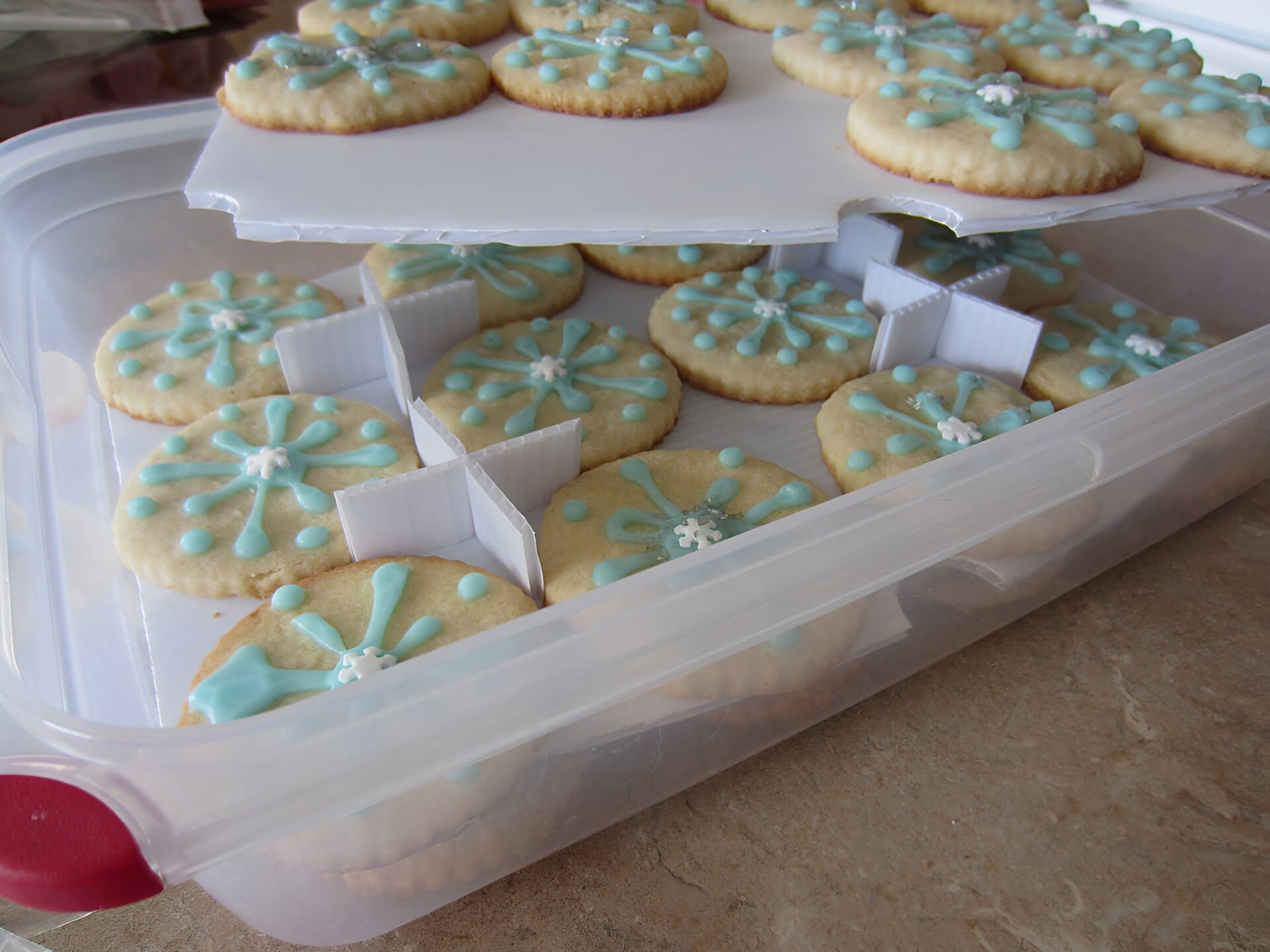


0 thoughts on “How To Store Granulated Sugar”